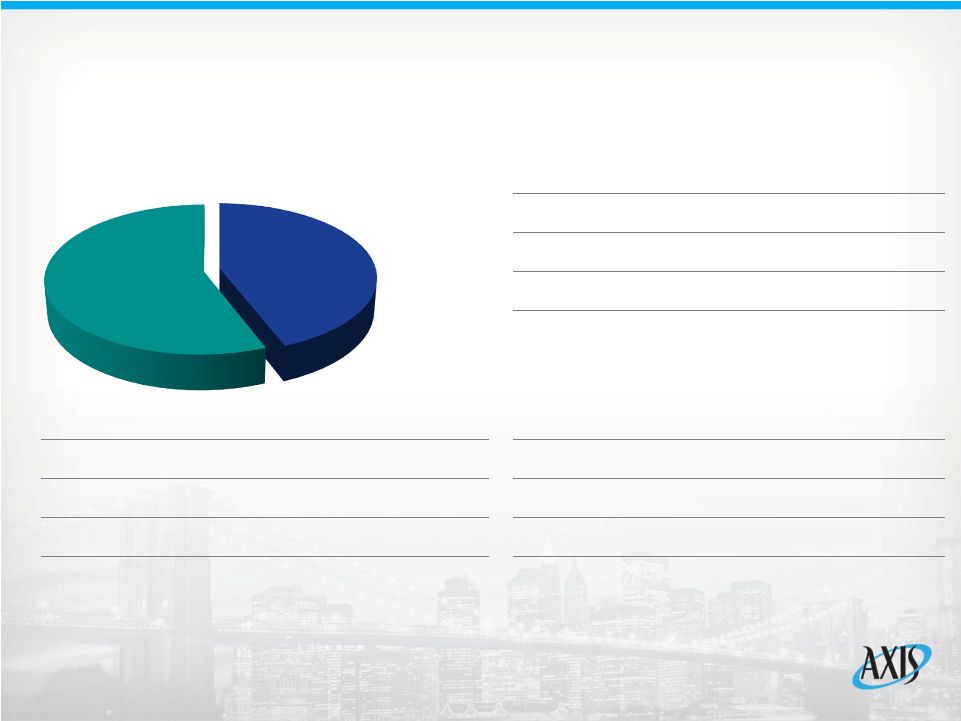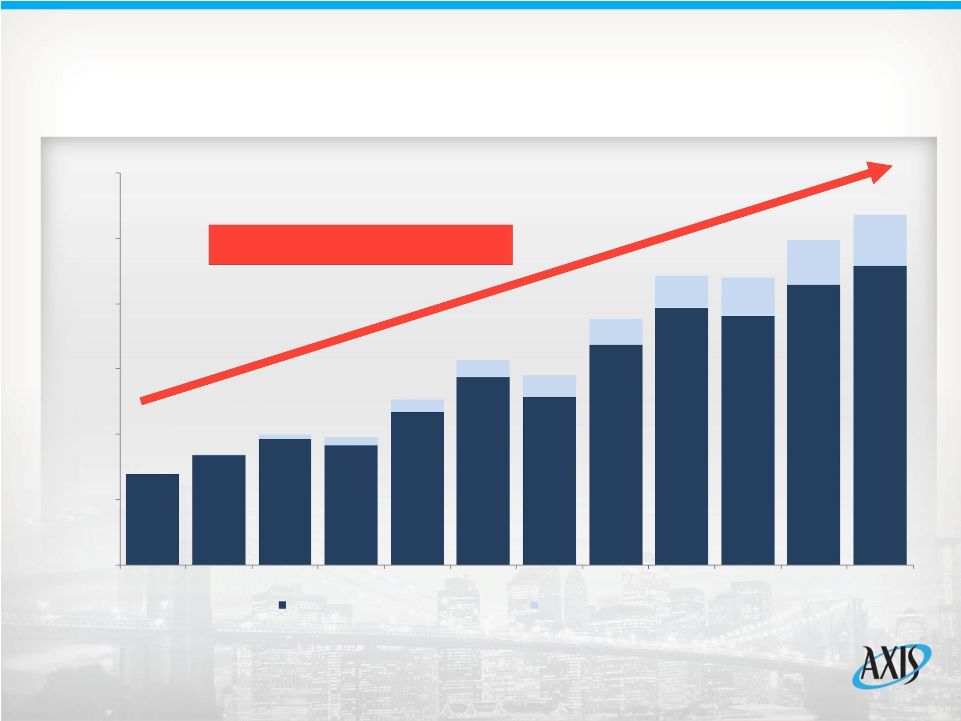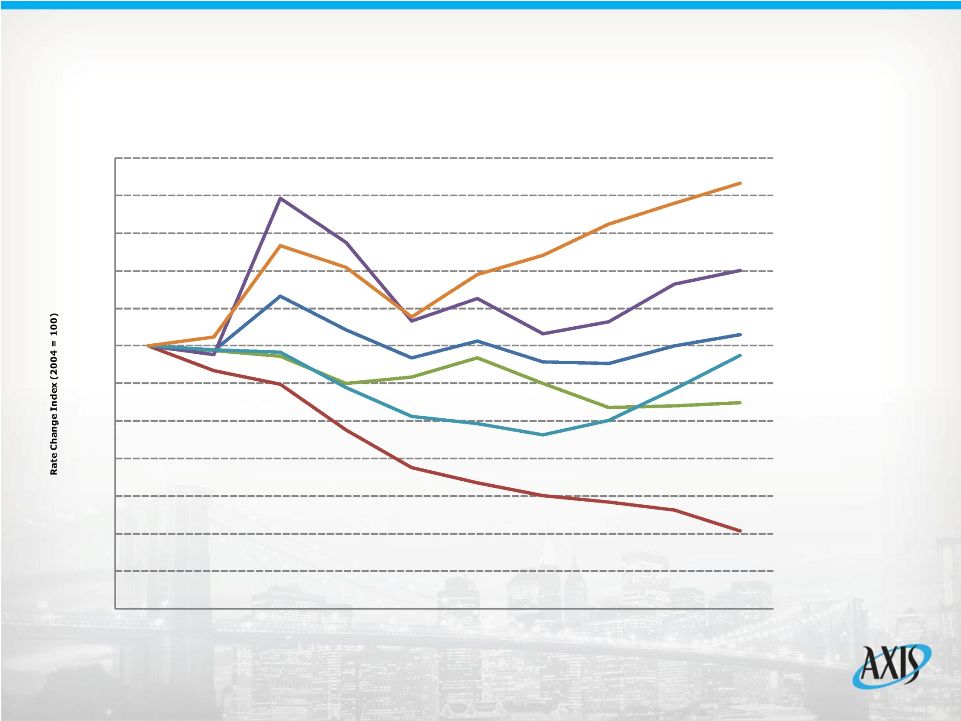Safe Harbor Statement 2 Statements in this presentation that are not historical facts, including statements regarding our estimates, beliefs, expectations, intentions, strategies or projections, may be “forward-looking statements” within the meaning of the U.S. federal securities laws, including the Private Securities Litigation Reform Act of 1995. We intend these forward-looking statements to be covered by the safe harbor provisions for forward-looking statements in the United States securities laws. In some cases, these statements can be identified by the use of forward-looking words such as “may,” “should,” “could,” “anticipate,” “estimate,” “expect,” “plan,” “believe,” “predict,” “potential,” “intend” or similar expressions. Our expectations are not guarantees and are based on currently available competitive, financial and economic data along with our operating plans. Forward-looking statements contained in this presentation may include, but are not limited to, information regarding our estimates of losses related to catastrophes and other large losses, measurements of potential losses in the fair value of our investment portfolio, our expectations regarding pricing and other market conditions and valuations of the potential impact of movements in interest rates, equity prices, credit spreads and foreign currency rates. Forward-looking statements only reflect our expectations and are not guarantees of performance. Accordingly, there are or will be important factors that could cause actual results to differ materially from those indicated in such statements. We believe that these factors include, but are not limited to, the following: • The occurrence and magnitude of natural and man-made disasters, • Actual claims exceeding our loss reserves, • General economic, capital and credit market conditions, • The failure of any of the loss limitation methods we employ, • The effects of emerging claims, coverage and regulatory issues, including uncertainty related to coverage definitions, • The failure of our cedants to adequately evaluate risks, • Inability to obtain additional capital on favorable terms, or at all, • The loss of one or more key executives, • A decline in our ratings with rating agencies, • Loss of business provided to us by our major brokers, • Changes in accounting policies or practices, • The use of industry catastrophe models and changes to these models, • Changes in governmental regulations, • Increased competition, • Changes in the political environment of certain countries in which we operate or underwrite business, and • Fluctuations in interest rates, credit spreads, equity prices and/or currency values. | 






